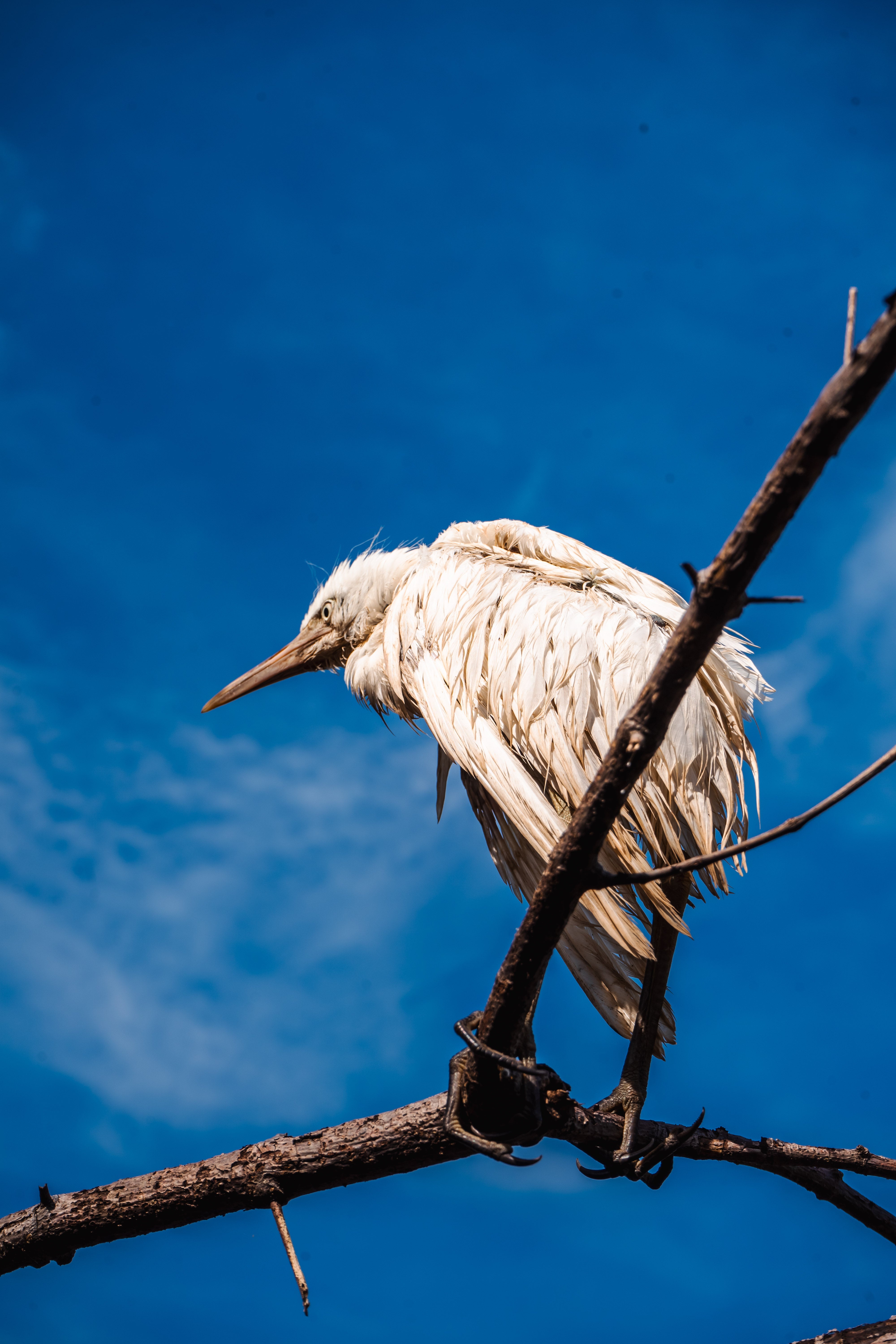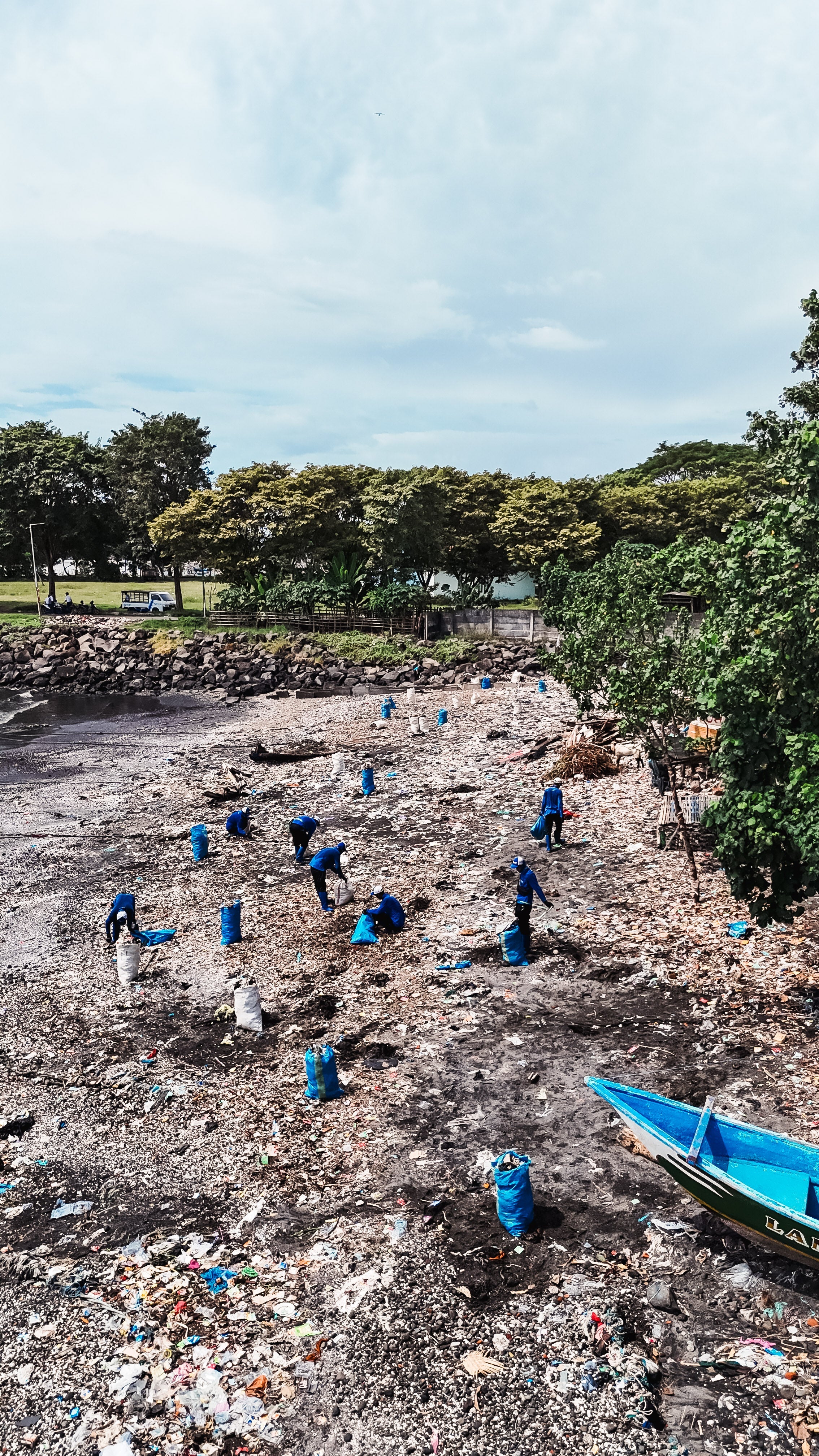5 MIN READ
05-13-2025
Saving a Choked Paradise: The Fight to Clean Up Menjangan Island
Ahmad Fasta, 4ocean Jembrana Content Correspondent
A Stormy Start to a Critical Mission
It had been a long time since our boots last touched the shores of Menjangan Island. As the 4ocean Jembrana crew pushed off from Lalang Harbor, spirits were high—until the weather turned. Strong winds and waves forced us to turn back. We waited patiently, keeping safety first. After an hour, the skies calmed and the sea softened. We resumed our journey, determined to return to this iconic island.
When we finally arrived, Menjangan greeted us with its usual charm—crystal-clear waters teeming with fish, coral reefs ablaze with color, and wild deer roaming the calm forest of West Bali National Park. But beneath that beauty, hidden in the dense mangrove roots, was a different story—one of suffocation, decay, and neglect.
Trash 30cm Deep: The Mangrove’s Silent Struggle
As we stepped into the mangrove forest, our feet sank into layers of trash—plastic bottles, bags, old tarpaulins, discarded oil jugs, styrofoam, and even toys. In some spots, the debris reached up to 30 cm thick. It was a graveyard of ocean-borne waste, with one bottle bearing Vietnamese writing, a haunting testament to how far this pollution had traveled.
We split into teams. Some cleared the top layer, while others carefully worked the deeper waste entangled in the roots. Each movement had to be precise to avoid damaging the fragile mangrove ecosystem. Large sacks were quickly filled—62 in total—each a burden of proof of what our oceans now carry.
The Cost of Inaction, the Power of Teamwork
Menjangan’s mangroves are not just a coastal fringe; they are life-giving ecosystems for fish, deer, birds, and even the coral reefs offshore. Left alone, the trash trapped here slowly strangles it all. But with every sack lifted, the breath of the forest grew lighter.
Despite the blistering heat, cuts from coral, and the physical strain of hauling thousands of pounds of trash through thick vegetation, the team pressed on.
“Honestly, seeing the beauty of Menjangan Island wounded by trash fills our hearts with heaviness,” said Ahmad Fasta
“Yet, as the garbage slowly disappears and the mangroves begin to thrive again, all the exhaustion and hardship fade away.”
Cleanup Impact
- Total Waste Collected: 3,935.74 lbs
- Common Items: Plastic bottles, styrofoam, tarps, jerry cans, fish drums, nets
- Unique Find: A yellow bottle with Vietnamese writing
- Environmental Impact: 15–30 cm thick waste layers suffocating mangrove roots, risking long-term harm to marine and forest life
The journey wasn’t easy. Sudden storms tested our resolve. The difficult terrain—sharp corals, dense thickets, and a labyrinth of mangrove roots—demanded caution. The hot tropical sun drained our energy. But the biggest challenge of all? The overwhelming volume of plastic waste—proof of an ocean in distress.
.
Menjangan Island’s trash doesn’t come from the island itself. These are refugees of the sea, carried by strong seasonal currents, swept ashore, and caught in the mangrove’s embrace. Every season brings more. But today, we gave this island a moment to breathe.
Please—don’t let this paradise choke in silence. The ocean is speaking. It’s up to us to listen.














